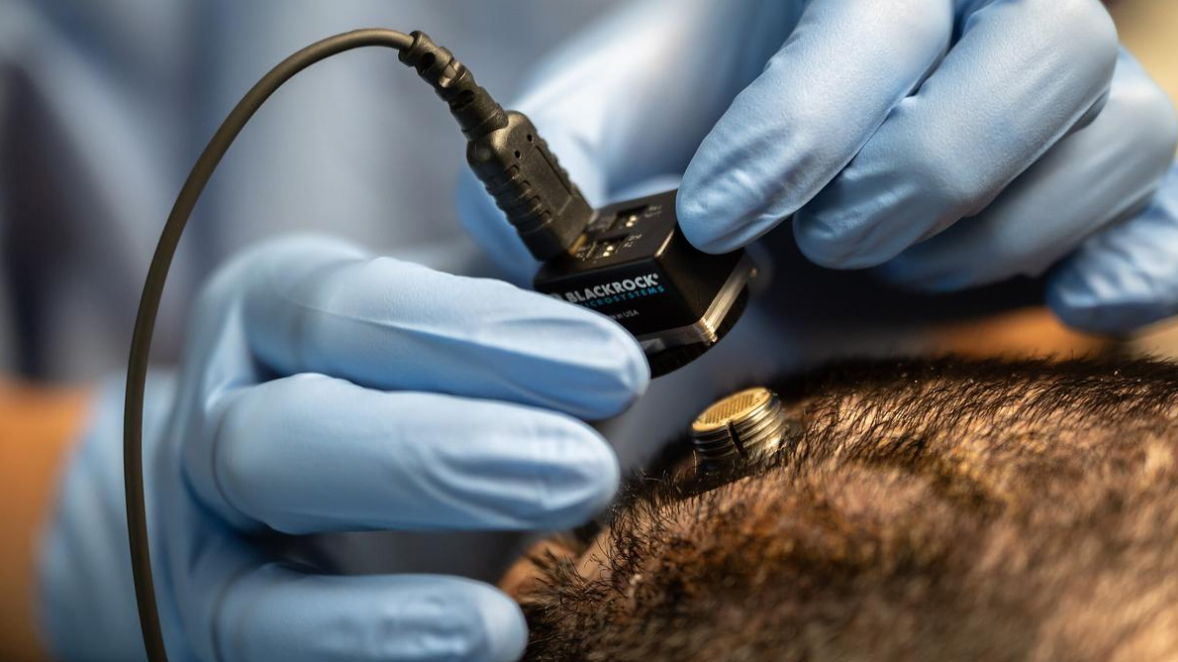



Astronomers using NASA's James Webb Space Telescope detected biosignature gases, dimethyl sulphide (DMS) and dimethyl disulphide (DMDS), in the atmosphere of exoplanet K2-18b. These gases, linked to ocean life on Earth, suggest the potential for extraterrestrial life. K2-18b's location in the habitable zone makes it a prime candidate for study.

Copyright infringement not intended
Astronomers detect potential biosignatures on exoplanet K2-18b, hinting at possible extraterrestrial life.
Astronomers at the University of Cambridge used NASA’s James Webb Space Telescope (JWST) to study K2-18b, a planet 124 light-years away from the Earth.
They spotted chemicals called dimethyl sulphide (DMS) and dimethyl disulphide (DMDS) in the planet’s atmosphere. On Earth, these gases come from small ocean creatures like phytoplankton and algae.
Finding them on K2-18b is exciting because it’s the strongest hint yet that life might exist beyond our solar system.
K2-18b is a sub-Neptune planet, bigger than Earth (about 2.6 times wider and 8.6 times heavier) but smaller than Neptune. It orbits a red dwarf star, which is smaller and cooler than our Sun, about 120 light-years away.
It is located in the habitable zone—the “Goldilocks zone” where it is not too hot or too cold for liquid water to exist.
Scientists think K2-18b might be a Hycean world, with a deep, warm ocean covered by a thick, hydrogen-rich atmosphere. In 2019, the Hubble Telescope found water vapor in its atmosphere, and in 2023, JWST detected methane and carbon dioxide, which are also linked to life. The new DMS and DMDS findings, suggesting K2-18b could have conditions like Earth’s oceans billions of years ago, when life first began.
A biosignature is a clue—like a chemical, gas, or pattern—that suggests life might exist. On Earth, DMS is a biosignature because only phytoplankton make it in large amounts. Other biosignatures include oxygen (from plants), methane (from microbes), and even the green color of forests seen from space. Scientists look for these clues in exoplanet atmospheres using telescopes that analyze starlight passing through them.
But biosignatures aren’t foolproof. Some gases, like oxygen or methane, can form without life through geological processes (called abiotic sources). For example, Venus has traces of phosphine, a possible biosignature, but scientists debate if it’s from life or just chemistry.
Source:
|
PRACTICE QUESTION Q. The concept of a "shadow biosphere" refers to: A) Life forms that exist in extreme environments on Earth B) Hypothetical life forms on other planets C) A parallel form of life on Earth that uses different biochemistry D) Life that exists in the shadows Answer: C Explanation: The concept of a "shadow biosphere" hypotheses the possibility that life on Earth did not arise just once, but perhaps multiple times independently, or that early divergent forms of life persisted alongside the life we currently know. These hypothetical organisms would share a common ancestry with known life (making them "on Earth") but would utilize fundamentally different biochemical or molecular components (like different amino acids, a different genetic code, or even a different primary solvent) than all currently known life forms. . Scientists search for evidence of such a shadow biosphere in unusual environments where such life might have survived or where standard detection methods based on known biochemistry might fail. |





© 2025 iasgyan. All right reserved